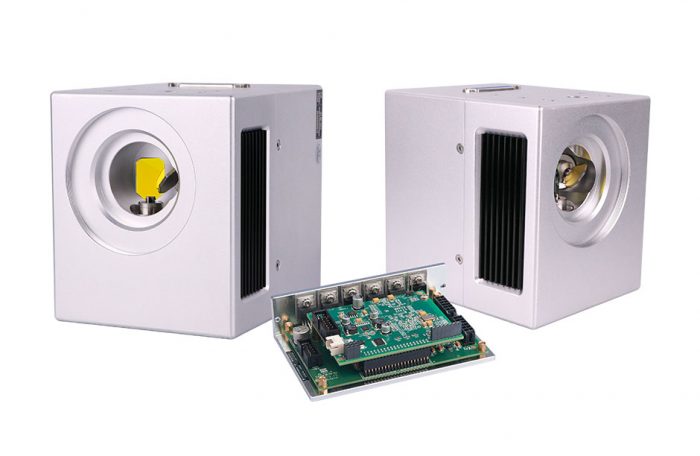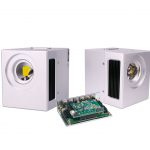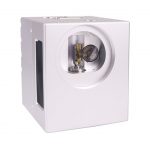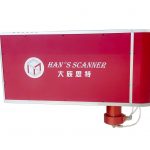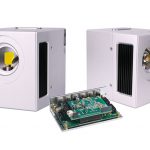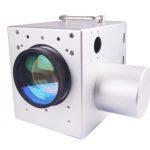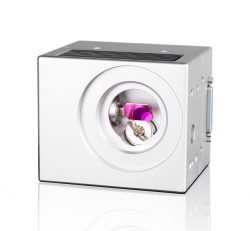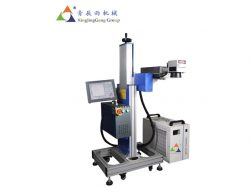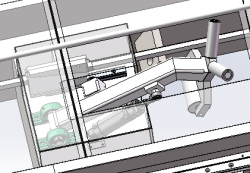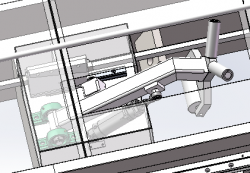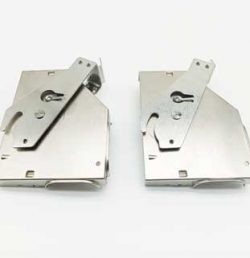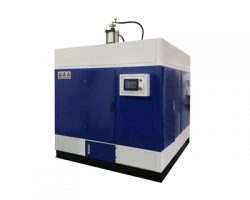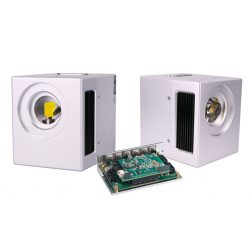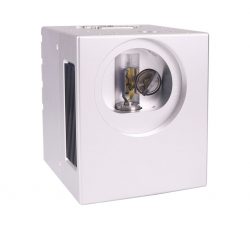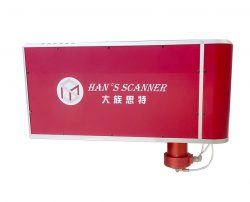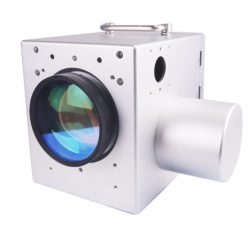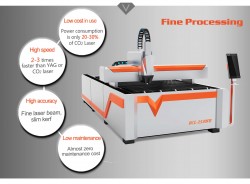Scan Heads
UltraScan products cover a comprehensive range of models, suitable for customers with high cost performance requirements and substitute imported similar products. The coating film selection of galvanometer mirror scanner is rich, UV, green, fiber, CO2 and other coating options. Driver board is using CLASS D power amplifier, high output power, small heating, small drift. The Extrascan is the Chinese first fully digital scanning galvanometer for high precision and drift requirements. The flexible FPGA-based digital driver board can be used for galvanometer motors with varying loads from 10mm to 30mm.
Types Of Scan Heads
2-axis Galvo Scan Head
UltraScan Head ExtraScan Head UniScan Head
3-axis Galvo Scan Head
3d Large Field Size Dynamics Focusing System High Speed 3d & 2.5d Scanning System 14mm
Z-axis Galvo Scan Head
How does the galvo scan head work?
The scan head can deflect the laser beam in the X and Y directions. This will create a two-dimensional planar area where the laser beam can be focused anywhere on this two-dimensional plane. This two-dimensional plane area is the marking range.
Laser beam deflection is achieved by two scanning galvanometer mirrors. The scan head has two holes, one for light input and another for light output. The laser beam enters the scan head from the input hole, and emit out from the output hole after deflected, as shown in Figure 1. Output hole open or install F-Theta scan lens or install protection window.
-Axis VS. 3-Axis Galvo Scan Head
3-Axis Galvo Scan Head uses XY galvo and Z lens to form three-dimensional focusing technology, which solves the problem that the focal spot on the marking plane becomes larger and the marking line width is different because the focal plane is spherical and the workpiece surface is flat after the laser beam passes through the focusing mirror. By changing the position of the dynamic focusing mirror, its focus is still on the surface of the workpiece, so as to achieve the effect of the same diameter and small diameter of all the spots in the marking range.
